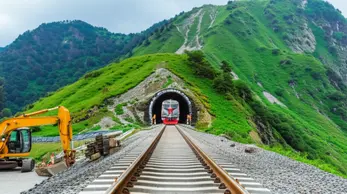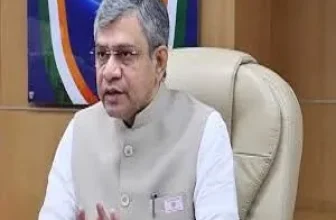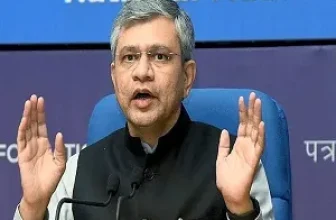
In a significant stride towards enhancing transportation in Northeast India, the Ministry of Railways has granted approval for a Final Location Survey (FLS) for a new railway line that will connect Melli to Dentam, passing through Jorethang and Legship. This development marks an essential move in bridging the connectivity gap in Sikkim’s southern and western regions.
The allocated budget for this survey stands at approximately Rs. 2.25 Crore. The Northeast Frontier Railway (NFR) will undertake the survey, which has been spearheaded by Railway Minister Ashwini Vaishnaw, responding to the demands from local political representatives, notably Dr. Indra Hang Subba, Member of Parliament for Sikkim.
Stretching nearly 75 kilometers, this proposed railway line is seen as a strategic extension to the ongoing Sivok-Rangpo railway project, which aims to come online by 2027. By placing Melli as a key junction, the Sikkim Railway project will facilitate seamless integration with the national rail network, thereby increasing accessibility for regions that have long faced infrastructural constraints.
The proposed route from Melli to Dentam not only promises to facilitate easier movement of goods and people but is also positioned as a vital link that connects remote towns like Dentam to larger economic hubs. Situated near the Indo-Nepal border at Chiwabhanjyang, Dentam will benefit immensely from this infrastructure upgrade.
This new railway initiative is expected to serve as a catalyst for economic growth in the Gyalshing region and its surrounding areas. By enhancing access to transportation, the project will likely spur tourism, boost local trade opportunities, and create much-needed employment. Such developments are critical as Sikkim continues its transition toward greater economic integration within the region.
Moreover, the comprehensive FLS will provide detailed technical insights required for determining the final alignment, engineering designs, and overall cost estimations for the railway line. The successful implementation of this project is anticipated to have transformative effects on the daily lives of the residents in West Sikkim, fostering a more connected and economically vibrant community.
The state government and local businesses have expressed optimism over the project, recognizing the potential benefits it could bring not only in terms of infrastructural development but also in enhancing the quality of life for Sikkim residents. As work tenders related to the survey are expected to be released soon, there is significant anticipation surrounding the timeline and unfolding of the project.
In conclusion, the plan to establish a new railway line in Sikkim signifies a landmark advancement for the state, fostering greater connectivity and economic potential. As the railways prepare to embark on this vital survey, the hope is that this initiative will unlock new opportunities, enabling the region to thrive in the emerging landscape of Northeast India’s development.






